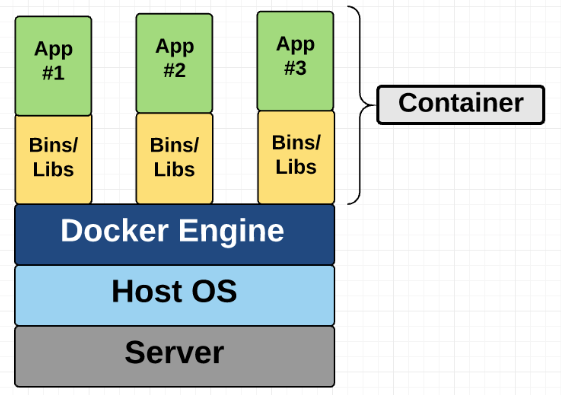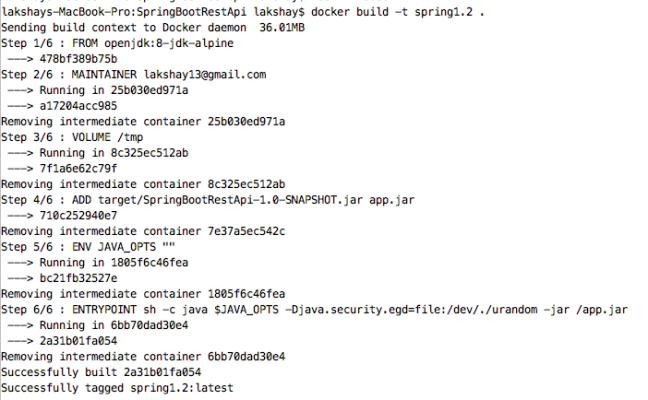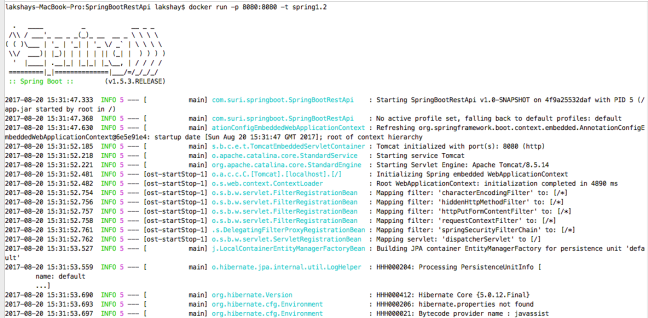This blog post will talk about containers & different container platforms available (mainly Kubernetes & docker swarm).
What is docker?
I have already talked about what docker is in one of my post:- Docker Basics but to give you a refresh -> Docker is a tool that helps you create, build and deploy applications regardless of the machine.
Thanks to the container based application running which allows developer/dev-ops to package the entire application as one including all the libraries and dependencies & deliver it as one package which can run on any machine.
What is the role of containers?
Containers allow the application to be packaged into one which facilitates for quick deployment & scalability amongst other benefits.

With docker – we can create and distribute containerized application but with lots of container up and running
- how do we manage all the different containers?
- how to scale container instances?
- how can different container of my application communicate with each other
Kubernetes, Dockerswarm & Mesos are some of the solutions to these problems listed above which are in other words container management platform!
While Docker swarm is docker’s own container management solution whilst Kubernetes originally started at Google & is now open source.
Kubernetes & Docker Swarm
According to Kubernetes website: “Kubernetes is an open-source system for automating deployment, scaling, and management of containerized applications.”
In other words, when an application containing several micro services is deployed across different containers on different machines. There is definitely a need to manage the containers which is possible through Kubernetes.
while on the other hand
Docker Swarm is Docker’s own solution for management of docker containers. It monitors the different containers spread across different servers. It provides a useful orchestration system which is well suited for the Dockerized apps.

Keep in mind docker swarm does not have much experience when it is production deployments at scale in comparison with Kubernetes. In the coming blogs, we will be covering about Docker Swarm and Kubernetes in detail. So stay tuned 🙂





